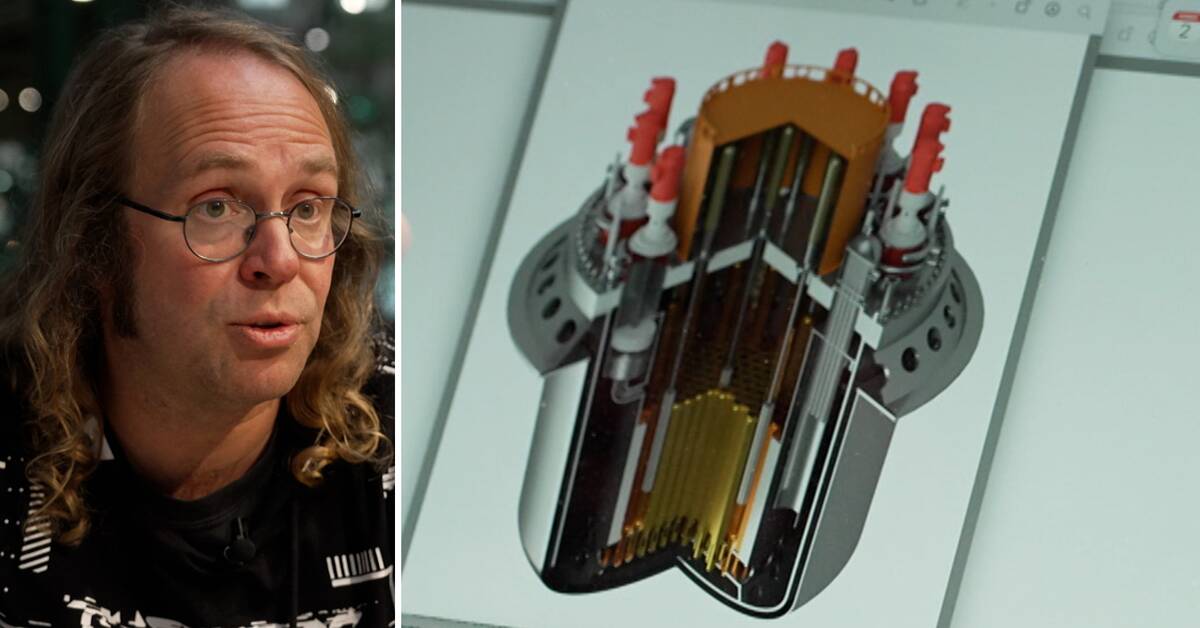The Swedish company Blykalla, led by KTH researcher Janne Wallenius, has developed a new steel to be able to use lead cooling in nuclear power reactors.
They are now betting on small modular reactors, so-called SMRs.
The plan is to mass produce SMRs, and then the first step is to build a research reactor in Studsvik outside Nyköping.
- We want to investigate the possibility of building our research reactor at Studsvik, because they have the right type of permit to build such facilities.
It's a unique condition, I don't know of any other place in Western Europe that has it, says Blykalla's technical director and co-founder Janne Wallenius.
No greater danger for Nyköping than before
The research reactor will therefore not be connected to the electricity grid, and thus not supply electricity.
Rather, it should be used to test the new technology and be able to show it off to future investors.
Studsvik has previously had nuclear power reactors on the ground, and Janne Wallenius does not think that the people of Nyköping need to worry.
- They have had a research reactor from the 60s on the site before.
So I wouldn't say there are any other risks that they haven't already experienced before, he says.
Optimistic schedule
Blykalla has an optimistic timetable – by 2028 the research reactor should be ready and by 2030 commercial reactors should be able to be connected to the electricity grid.
If that happens, they will overtake the state-owned electricity company Vattenfall, whose plan is for their SMRs to be commissioned in the early 2030s.
However, the road there is lined with lengthy permit processes, which according to Wallenius take years.
- We may need to make some changes in our concept to get permission, but I am quite convinced that we will get it, says Janne Wallenius.

